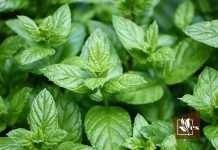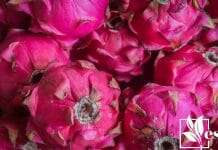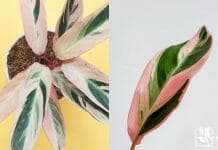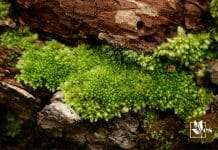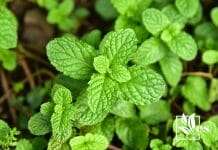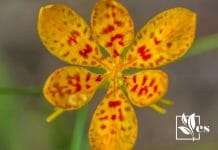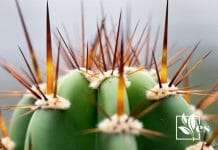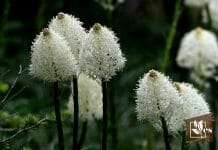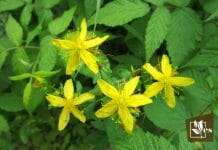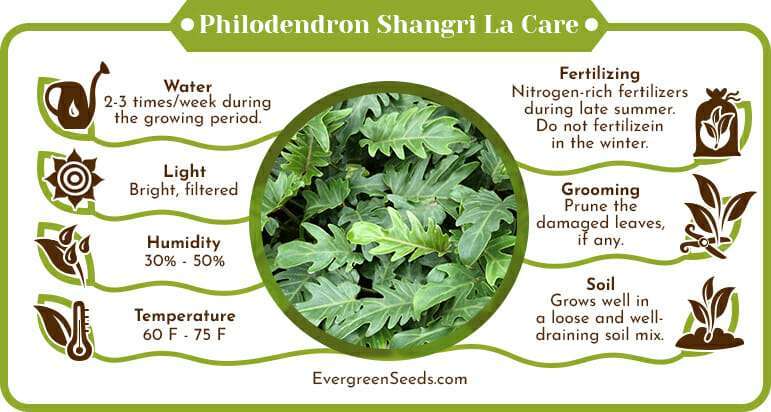 Philodendron Shangri La of the Araceae family is a shrubby Philodendron that makes for a perfect patio plant. It is quite hardy and can be easily grown by both new and expert gardeners.
Philodendron Shangri La of the Araceae family is a shrubby Philodendron that makes for a perfect patio plant. It is quite hardy and can be easily grown by both new and expert gardeners.
Continue reading to find out all about its growth pattern and care requirements.
JUMP TO TOPIC
What Is Philodendron Shangri La?
Philodendron Shangri La or the Shangri La Philodendron is a compact, split-leaf Philodendron that is quite new in the world of plants. It was introduced by Ball Ingenuity in 2021. Shangri La is a hybrid, which means it is a cross between two species and does not naturally grow in the wild. This makes it a cultivar that looks quite similar to Philodendron “Hope” but has a more dense and compact growth pattern.
The plant is fairly new, but its basic care is similar to other Philodendron plants. The other name for this plant is Philodendron bipinnatifidum Shangri-La.
– Size and Growth
Philodendron Shangri La has sturdy stems on which large green leaves grow. It grows two to three feet tall and three to four feet wide. It grows like a shrub and not like a vine, so there is no need to provide support for it.
The clumping species does not vine and becomes a dense, bushy plant when mature. It does not need pruning apart from removing withered leaves.
It is toxic to humans and animals, so keep it away from pets and children. If ingested, this plant can cause gut problems and irritation in the throat.
– Leaves
Philodendron Shangri La has large green leaves with pointed edges. Some leaves have lime-green veins that add further texture to them. The densely held leaves make it look quite attractive and give it a compact look.
An interesting fact about the pretty leaves is that they change shapes as the plant matures. The leaves start off as fingered or lobed when the plant is young and grow up to two feet long when Philodendron Shangri La mature.
To keep the glossy leaves looking good and to protect them from unwanted pest infestations, clean them regularly. Give them a good dusting or clean them using a damp cloth once in a while.
– Roots
Philodendron Shangri La is one such Philodendron that does not need to be repotted frequently. It has roots that go deep into the soil but they do not grow too fast and do not take up the entire space in the pot for two to three years.
Healthy roots are white to light brown in color, and if you notice any dark or black roots, remove them. Cut them off using clean and sharp shears.
Quick Overview
Here is a handy table of this plant’s requirements.
| Requirements | Philodendron Shangri La |
| Light | Thrives well under bright, filtered light |
| Water | Water two to three times a week during the active growing period |
| Soil | Loose and well-draining soil mix |
| Humidity | High humidity levels above 50 percent |
| Temperature | Temperatures ranging from 60 to 75 degrees Fahrenheit |
| Fertilizer | Needs regular fertilization using a water-soluble fertilizer during spring and summer |
Philodendron Shangri La Care
The Philodendron Shangri La care is quite similar to other Philodendron varieties. It is super-easy to grow, non-fussy and also has low care requirements. Try to mimic its natural tropical environment, and you’ll have a happy and healthy plant on your hands.
Read on to know about its light, water, soil mix and fertilizer requirements as well as propagation procedures and some problems faced by this plant.
 Light Requirements
Light Requirements
Philodendron Shangri La thrives in bright, filtered light. It grows well in partial to full shade with no or minimal exposure to direct sunlight. A window or balcony that receives indirect light during the day works well for its growth.
Do not expose the plant to direct sunlight, especially during noon. Philodendrons are naturally made for indirect sunlight. Exposure to direct sunlight causes leaf burns, browning of leaves, and the plant may even die due to excessive heat.
Avoid placing your plant in very low light conditions too. Keep it in a west- or east-facing window where it receives curtain-filtered light during the day. Low light conditions make the leaves mushy and the plant becomes prone to root rot.
 Water Requirements
Water Requirements
Watering Philodendron Shangri La should be regular in its growing seasons of spring and summer. On average, watering two to three times a week during the active growing period works well for its growth. When the plant is thirsty, it will droop over and its leaves will curl inwards. This is a physical sign that the plant needs water.
Reduce watering in the winter months because the plant hardly shows any new growth as it is almost dormant during this period. Watering during this time will only make the plant’s condition worse as it will become susceptible to problems like root rot and fungal diseases.
 Soil Mix Requirements
Soil Mix Requirements
Philodendron Shangri La grows well in a loose and well-draining soil mix. Prepare an airy soil mix by mixing the regular garden soil with some coco coir for moisture retention, organic compost for fertility, and perlite for drainage.
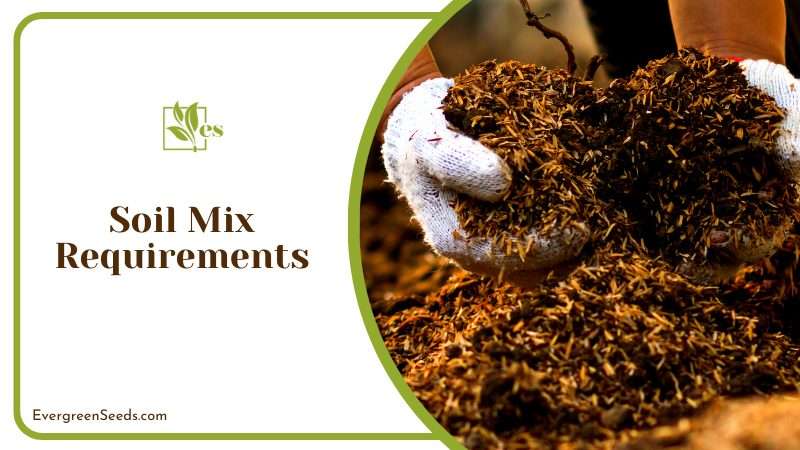
There are many readymade Philodendron Shangri La soil mixes available for this plant and other Philodendrons. Use them if preparing your soil mix is an issue. An ideal soil mix must have all the necessary nutrients, enough circulation to keep the roots healthy, and should be light. Heavy soils tend to block air around the roots.
 Temperature Requirements
Temperature Requirements
Philodendron Shangri La grows well in moderately warm conditions. The optimal range of temperature for its growth is between 60 and 75 degrees Fahrenheit. Avoid exposing it to temperatures above 80 degrees Fahrenheit and below 50 degrees Fahrenheit.
Philodendron Shangri la is a tropical plant, so it needs warm and humid conditions to thrive. It does not show new growth when the temperatures fall below 50 degrees Fahrenheit. You should protect the plant from frost in winters, so if your plant is outside, move it indoors to a warm spot during the colder months.
Keeping the plant indoors helps in preventing problems like yellowing of leaves, rot and shock. Exposure to drafts and cold currents will affect the plant’s growth negatively.
 Humidity Requirements
Humidity Requirements
Philodendron Shangri La needs warm and humid conditions to grow well. It is a very easy plant when it comes to humidity as it has adapted itself to grow in humidity levels as low as 30 to 50 percent. For best growth results, try to maintain humidity levels above 50 percent.
If you live in a dry area, maintaining proper humidity levels may be a problem. One easy way to increase humidity slightly is by grouping your plants. When many plants are put together, a natural ecosystem is created. Incorporating humidifiers also helps in localizing humidity at a consistent level.
– Humidity Tray
Another easy and effective way of increasing humidity levels is using humidity trays. To prepare a humidity tray for your plant, fill a shallow tray with pebbles and water. Keep the potted plant above it. As the water evaporates, the plant will absorb the required moisture.
– Misting
Misting is another convenient way of increasing humidity. Mist the plant leaves twice a week during summer, but do not overdo misting as it may cause other problems such as rot and fungal infections.
While keeping the humidity levels up, remember to keep the air around the plant moving. Lack of air movement can cause rot problems. Proper air circulation with high humidity, like in the wild, is perfect for Philodendrons.
 Fertilizer Requirements
Fertilizer Requirements
Philodendron Shangri La needs regular fertilization during the active growth periods of spring and summer. Use a water-soluble fertilizer and apply it as mentioned on the instructions label. Feed the plant monthly from early spring to late summer for best growth results.
Nitrogen-rich fertilizers work well during late summer. Do not fertilize the plant in the winter months as the plant goes into dormancy. Due to less light in fall and winter, the plant will not show much growth in this period.
Repotting
Philodendron Shangri La does not need repotting every year. Repot it every second or third year only when the roots take up the entire space in the existing pot. If the roots start to come out of the drainage holes below the pot and start to appear at the top of the soil, it is time to repot it.
– How to Repot Philodendron Shangri La
Remove the plant from the old pot and remove any dead or blackened roots before planting it in the new container. Check for any pests or insects around the roots and other parts. Prune the damaged leaves, if any. This plant does not need frequent pruning as it is quite compact and grows like a shrub.
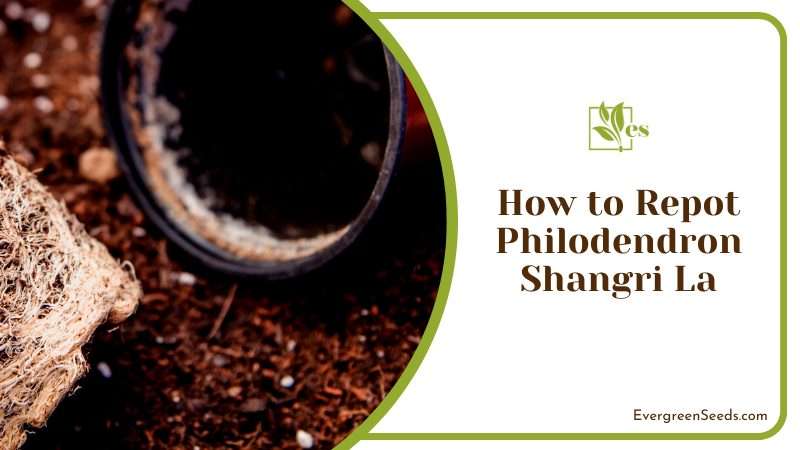
Use a new soil mix for the plant. Avoid using the old one because it may contain pests or insects that may harm the plant. Prepare a well-draining and airy soil mix composed of regular garden soil, coco coir and perlite. Add lots of organic matter such as vermiculite to make the soil rich in texture.
Put your plant in the new soil mix and firm the soil around the roots so that there are no air pockets around them. Water it properly until it drains out of the drainage holes at the bottom. Keep it in a spot that receives bright, indirect light throughout the day.
Propagation
Propagate Philodendron Shangri La easily by root division or by taking stem cuttings. Both methods are easy and effective. The division method works better when the plant is big enough to be divided, while stem cuttings can be taken from a smaller plant.
– Root Division
Once the plant grows larger and develops many clumps within the soil, you can divide it by the roots. Remove the plant from the existing pot. Put it in water for a few minutes so that excess soil is removed and the roots are soft. Separate the clumps by hand or by using a sharp knife to cut them.
Plant them in different pots using a new soil mix. Cover the roots firmly with soil and water the plant thoroughly. Keep the plant in a warm spot that receives bright light during the day.
– Stem Cuttings
To propagate your plant using stem cuttings, take six-inch long or longer stem cuttings from the plant. Make a clean cut below the node and make sure the cutting has a few leaves. Remove all the leaves except the top one or two.
Keep the cuttings in a jar of water, and in 10 to 15 days, the cuttings will root. Once the roots are about an inch long, plant them in pots. Use a soil mix meant for Philodendrons and plant your cuttings in the soil mix after a few weeks.
Water the cuttings thoroughly and keep them in a shaded spot until they have adjusted well to their new environment.
Problems
Philodendron Shangri La is relatively easy to care for but can sometimes develop problems such as root rot and pest infestations. Read on to find more information about these problems and how to tackle them.
– Root Rot
Root rot is a very common problem faced by Philodendron Shangri La. If you water the plant a lot and let it sit in water for longer periods of time, its roots will be prone to root rot and develop fungal infections. Lack of airflow around the plant is another reason why the plant faces the issue of root rot.
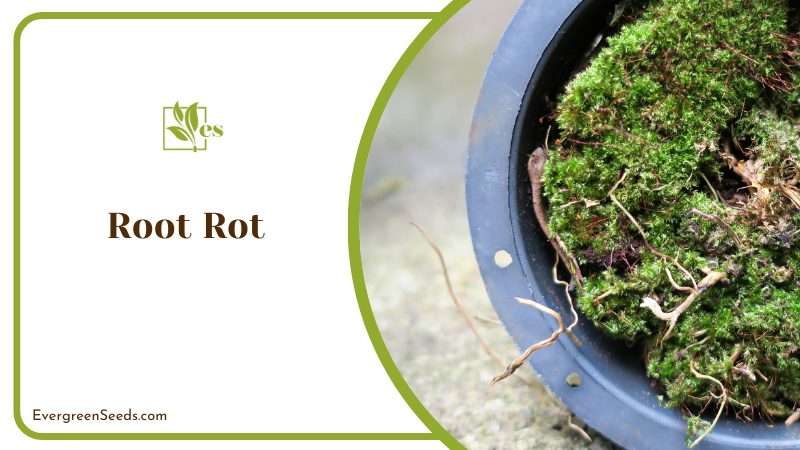
The most effective way to prevent the problem of root rot is by avoiding overwatering. Water your plant only when the top few inches have dried, and you can use the finger knuckle test to determine that. Watering frequency will depend on other factors such as the location of the plant, temperature and humidity in your area.
– Bacterial Leaf Spot
The most common cause of bacterial leaf spot is high humidity around the plant. It causes brown spots on the leaves with yellow edges. Remove the affected parts of the plant if the disease is not too severe yet.
Water the soil and not the leaves of your plant as watering the leaves makes the disease worse. Use fungicides if the disease has spread a lot.
– Spider Mites, Aphids, Scale and Thrips
These pests are quite common in most Philodendron plants. They feed on the plant sap and cause deformations and damage the plant in the form of twisted leaves and corroded leaf surfaces. These pests also transmit various viral and bacterial diseases to the plant.
To prevent this problem, inspect the plant regularly and keep checking for any pests. Use chemical insecticides in case of severe infestations. Use Neem oil or insecticidal soaps if you are looking for an organic solution.
Pests such as spider mites thrive in dry conditions. Maintain an optimum level of humidity to avoid them, but remember that other insects and pests thrive in high humidity. Because of this, always keep a close eye on your plant.
You can check out the following philodendron varieties: philodendron white princess, philodendron silver stripe, philodendron ring of fire, philodendron jose buono, and philodendron spiritus sancti.


